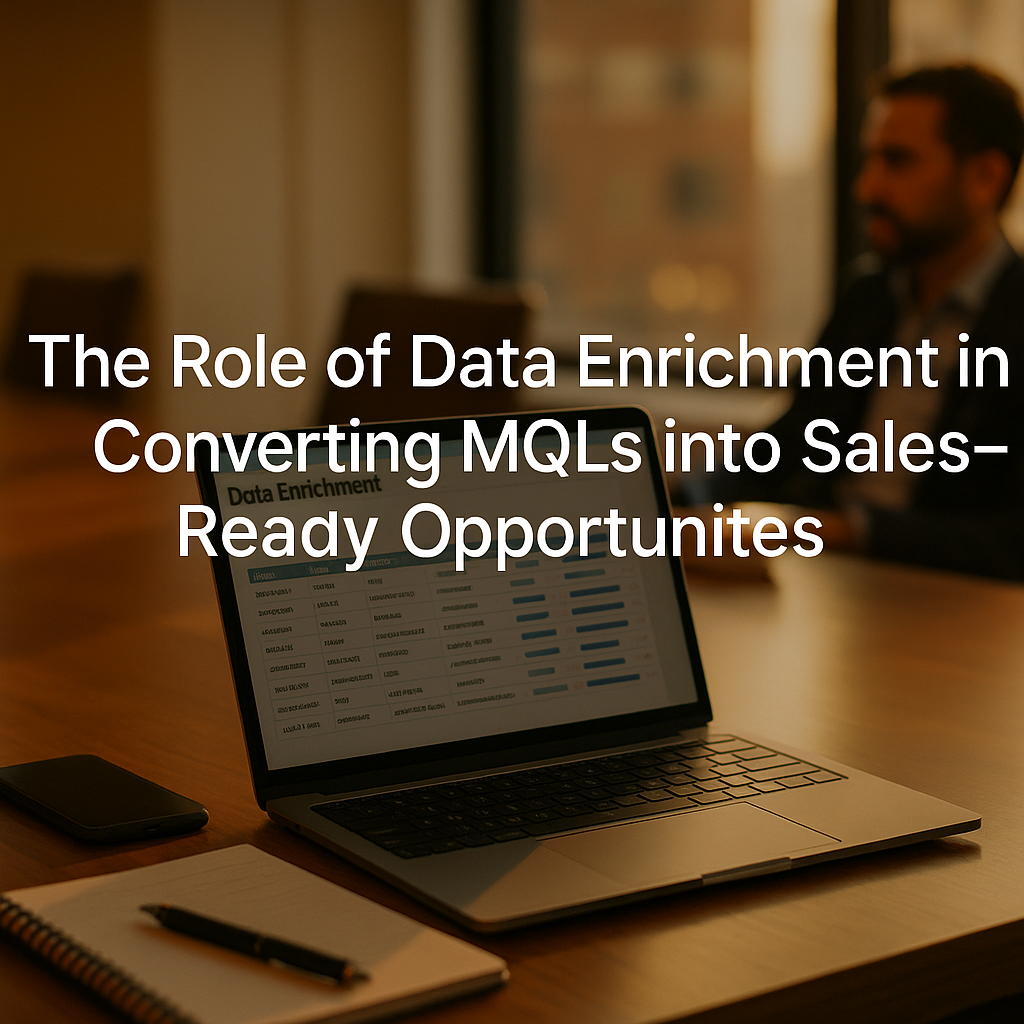Lead Scoring Challenges in B2B Tech—and How Site Ascend’s Lead Qualification Solves Them
Lead Qualification & Demand Generation in B2B Technology
Discover how propensity models empower enterprise tech marketers to predict buying intent, prioritize high-value accounts, and accelerate pipeline growth in 2025’s competitive B2B landscape.
-
Demand Generation Strategy

Introduction
In enterprise technology marketing, every dollar counts — but not every lead does. Demand generation teams face a constant challenge: deciding where to focus time, budget, and resources to drive pipeline growth. That’s where propensity models come in.
Propensity models have become a cornerstone of modern demand generation because they do something traditional segmentation never could — predict the likelihood of conversion. Rather than relying on gut instinct or manual scoring systems, marketers now have data-driven insights to identify which accounts are ready to buy, which need nurturing, and which aren’t worth chasing.
For enterprise tech companies, the difference between acting on these insights and ignoring them often determines whether pipeline targets are hit or missed.
What Propensity Models Mean for Demand Generation Marketers
A propensity model uses historical and behavioral data to predict the probability of a specific outcome — in this case, whether a lead or account will convert into a qualified sales opportunity.
For enterprise demand generation teams, this means moving beyond surface-level metrics like opens, clicks, or MQL volume. Instead, propensity models help prioritize accounts most likely to take meaningful action, like booking a meeting or attending a sponsored event.
When applied correctly, these models become a predictive compass for:
Ultimately, propensity models shift the demand generation conversation from lead quantity to conversion quality — and that’s where enterprise tech marketers gain their competitive edge.
Common Challenges Marketers Face
Despite their growing importance, many B2B marketing teams still struggle to operationalize propensity modeling effectively.
Here’s where issues often arise:
For enterprise tech marketers, these challenges aren’t just operational — they impact revenue velocity. When pipeline acceleration relies on outdated data or misaligned priorities, high-value opportunities can easily be missed.



.png)



.png)
%201.png)


.png)
%201.png)


.png)








Solutions That Work
Modern B2B demand generation strategies rely on a blend of data integrity, automation, and behavioral insights to make propensity models actionable. The most effective programs integrate these models directly into campaign orchestration and sales workflows.
Here’s what works best for enterprise marketers in 2025:
When these elements work in sync, propensity models become more than just a scoring mechanism — they become a predictive engine that drives smarter, faster demand generation decisions.
Actionable Steps for Marketers
To make the most of propensity modeling in 2025, demand generation leaders should:
The goal isn’t just prediction. It’s orchestration — using these insights to activate high-intent leads and accelerate qualified pipeline growth.
Comparison of Market Solutions
Many enterprise tech marketers debate whether to build propensity models internally or rely on external tools.
The best approach typically combines both — internal alignment around scoring criteria paired with predictive insights from specialized data platforms.
When implemented effectively, this combination ensures that both marketing and sales are working from the same predictive playbook — prioritizing the right accounts at the right time.
Conclusion
Propensity models are redefining how enterprise tech marketers build and accelerate their pipelines. By turning data into predictive intelligence, these models empower teams to focus resources where they’ll have the highest impact — driving efficiency, velocity, and conversion quality across the funnel.
In a market where precision matters more than ever, adopting a predictive approach isn’t optional — it’s a competitive necessity.
If your team is ready to improve targeting accuracy, shorten sales cycles, and scale smarter, start a pilot with Site Ascend today and see how data-driven precision transforms your demand generation performance.
What is a propensity model in B2B demand generation?
A propensity model uses past data and behavioral indicators to estimate how likely an account or lead is to convert. It helps marketers focus on high-probability prospects rather than low-intent leads.
How does a propensity model differ from lead scoring?
Lead scoring assigns points based on static criteria like job title or engagement level. A propensity model goes further by applying machine learning to uncover predictive patterns that aren’t always obvious.
Do propensity models require AI or specialized software?
While advanced tools help, you don’t need a full data science team to start. Many enterprise CRMs and intent data platforms now offer built-in predictive scoring capabilities that integrate directly into demand generation workflows.



Start your pilot campaign today and explore the full range of Site Ascend's demand generation capabilities. Experience firsthand how we can enhance your efficiency, streamline your processes, and drive growth.
RELATED